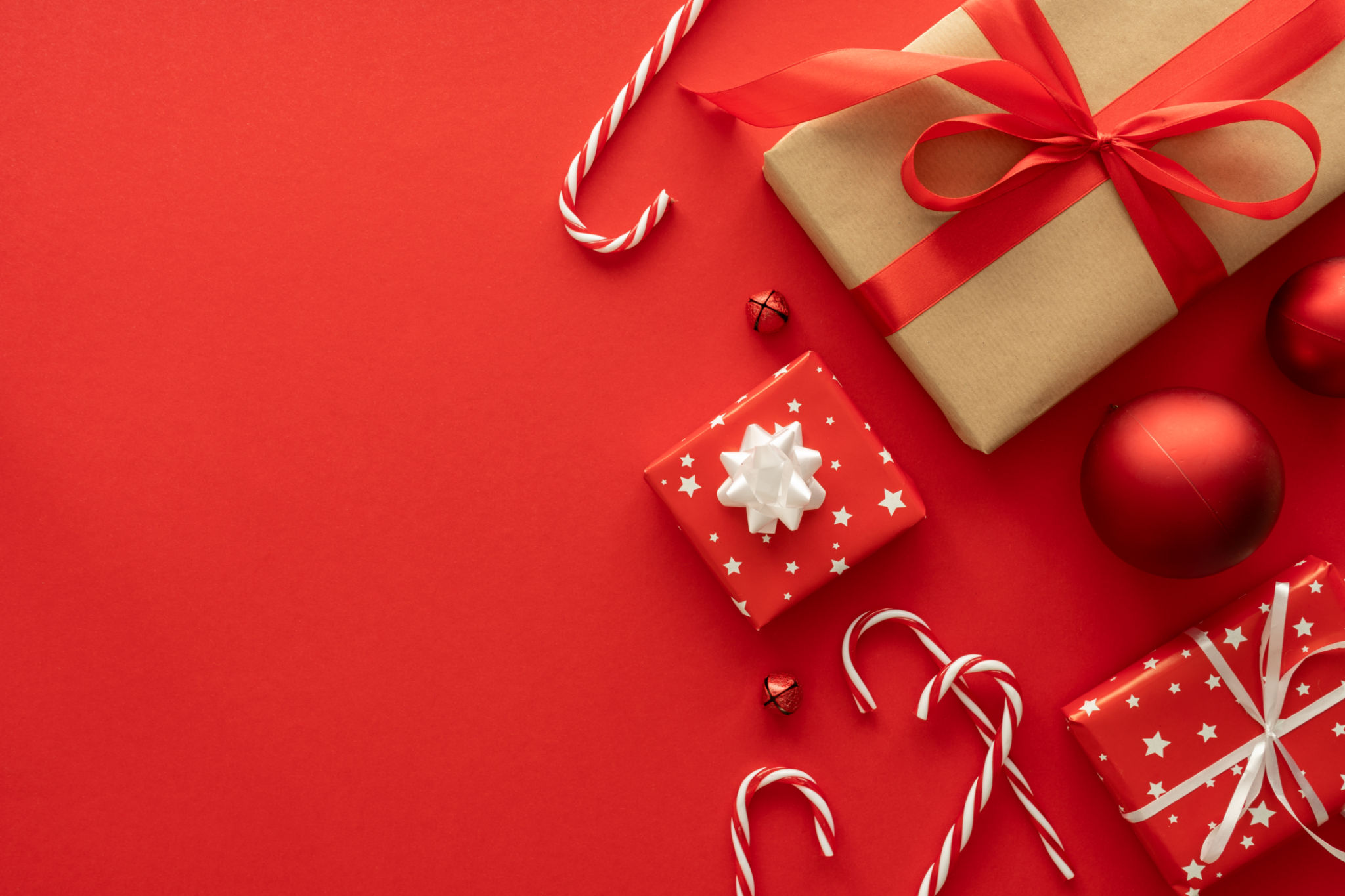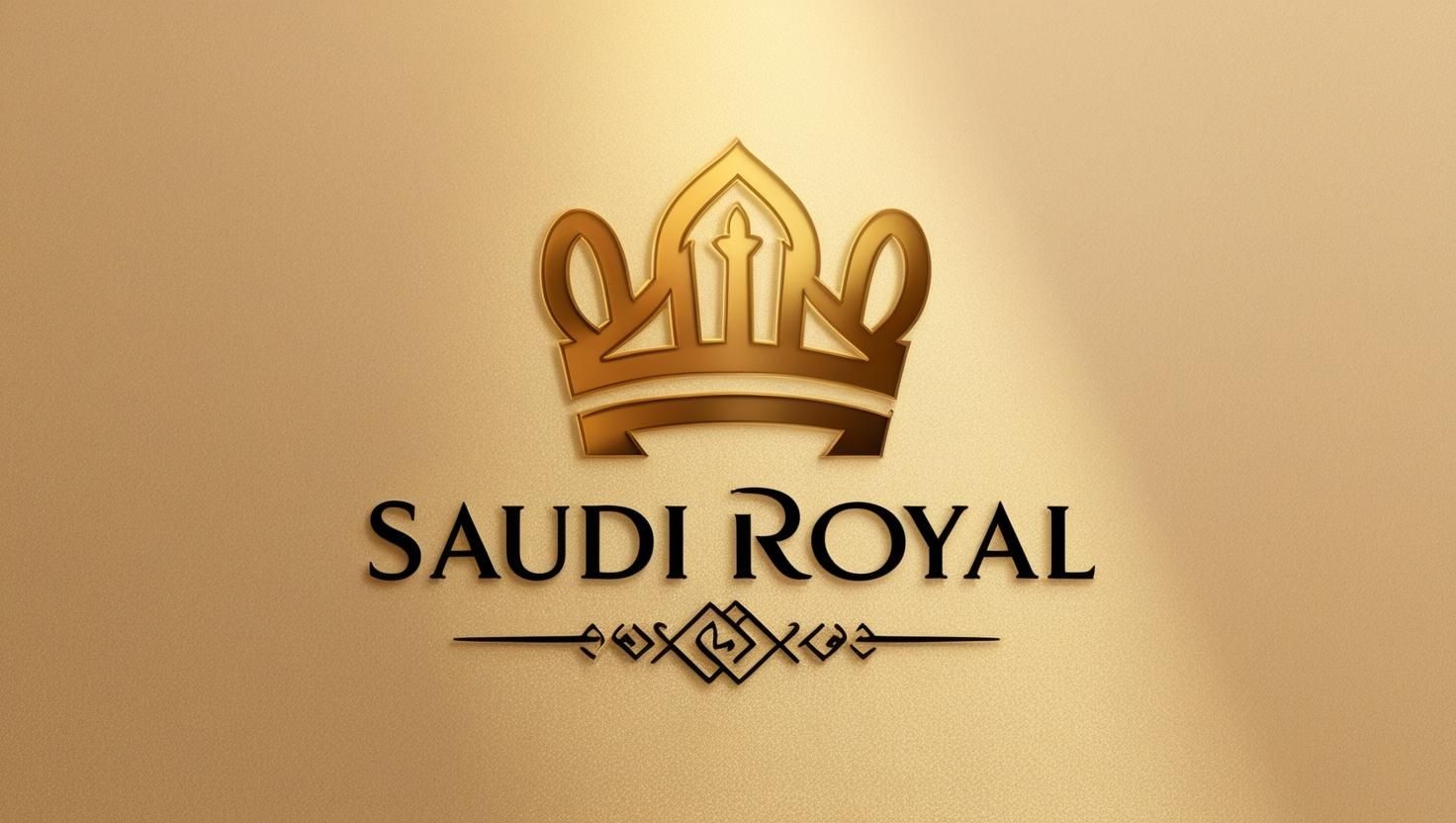Expert Tips for Designing Unique Heritage Packaging for Your Brand
The Importance of Heritage Packaging
In today's highly competitive market, brands are constantly seeking new ways to connect with consumers. One powerful tool is heritage packaging, which not only celebrates the brand's history but also appeals to consumers' nostalgia. By incorporating historical elements into your packaging, you can create a unique and memorable experience that resonates deeply with your audience.
Heritage packaging allows brands to tell their story and communicate their values. It provides an opportunity to stand out on the shelves and strengthen brand identity. However, designing authentic heritage packaging requires careful consideration and expertise.

Research and Understand Your Brand's History
The first step in designing heritage packaging is to delve into your brand's history. Understanding where your brand came from, its milestones, and its evolution over time can provide a wealth of inspiration. Gather old photographs, advertisements, and product designs to inform your packaging design.
Consider reaching out to historians or long-term employees who can provide insights into the brand's past. Their stories and anecdotes can be invaluable in capturing the essence of your brand heritage in your packaging.
Select Key Elements to Highlight
Once you have a good grasp of your brand's history, identify key elements that you want to highlight in your packaging design. These could be colors, logos, fonts, or patterns that have been integral to your brand's identity over the years. Choose elements that not only have historical significance but also resonate with modern consumers.

The challenge is to create a balance between honoring the past and appealing to contemporary tastes. This may involve updating certain elements for a modern twist while staying true to the original design.
Utilize Authentic Materials and Techniques
To enhance the authenticity of your heritage packaging, consider the materials and techniques used in the past. Vintage materials such as kraft paper, glass, or tin can add a touch of nostalgia. Additionally, traditional printing techniques like letterpress or embossing can give your packaging an old-world charm.
Modern technologies allow for high-quality reproductions of these techniques, ensuring that your packaging looks authentic while maintaining durability and functionality.

Incorporate Storytelling
Storytelling is a crucial aspect of heritage packaging. Use your packaging as a canvas to tell the story of your brand. You might include short anecdotes or timelines that highlight significant events in your brand's history. This not only creates an emotional connection with consumers but also differentiates your product from competitors.
Consider using QR codes or AR technology to provide an interactive experience where consumers can learn more about your brand's heritage through videos or digital content.
Test and Gather Feedback
Before finalizing your heritage packaging design, it's essential to test it with your target audience. Gather feedback to understand how consumers perceive your packaging and whether it effectively communicates your brand's story and values. Use this feedback to make necessary adjustments and ensure that your packaging resonates with both loyal customers and new audiences.
Through thoughtful design and strategic storytelling, heritage packaging can become a powerful tool in strengthening brand loyalty and attracting new customers.
